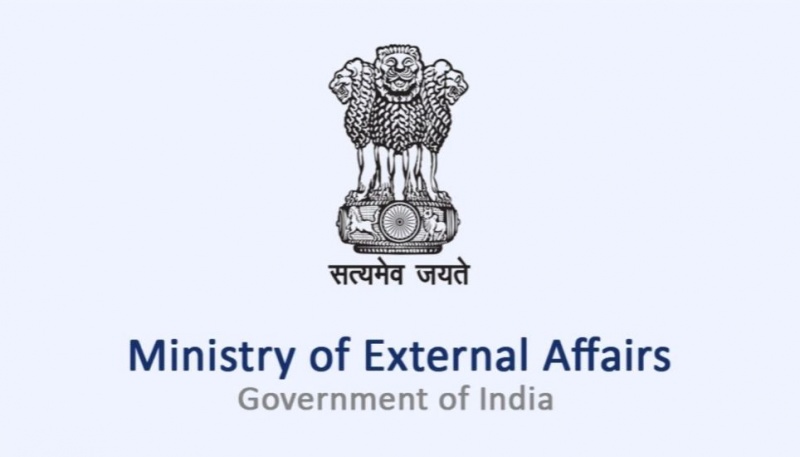India's Gumti River Dam Water Release Not Responsible for Bangladesh Flood, Clarifies MEA

India’s Gumti River Dam Water Release Not Responsible for Bangladesh Flood, Clarifies MEA
New Delhi, August 22, 2024 — The Ministry of External Affairs (MEA) has issued an official statement clarifying that the release of water from India’s Gumti River dam is not responsible for the recent flooding in parts of Bangladesh. This clarification comes amid growing concerns and reports suggesting that India’s water management practices might have contributed to the flooding that has affected large areas in Bangladesh, displacing thousands and causing extensive damage to property and infrastructure.
Background of the Situation
The Gumti River, which originates in India’s northeastern state of Tripura, flows into Bangladesh, where it merges with the Meghna River. The river plays a crucial role in the water management and agricultural practices of both countries. Over the past few days, heavy rainfall in the region has caused the river to swell, leading to concerns about potential flooding downstream in Bangladesh.
Reports from Bangladesh had initially suggested that the flooding in the northeastern districts of the country was exacerbated by the release of water from the Gumti River dam in India. These reports led to widespread speculation and criticism, both in the local media and among the affected populations, with some voices even calling for diplomatic intervention.
MEA’s Clarification
In response to these allegations, the MEA released a detailed statement explaining the situation. The statement emphasized that the recent water release from the Gumti River dam was a routine operation, carried out in accordance with established protocols and international agreements. The release was necessary to manage the water levels in the dam, especially given the heavy monsoon rains that have been affecting the region.
The MEA further clarified that the flooding in Bangladesh is primarily a result of the heavy and continuous rainfall that has affected the entire region, including parts of India. The statement pointed out that monsoonal rains are a natural and annual occurrence in this part of the world, and the resulting floods are a complex phenomenon influenced by multiple factors, including local topography, river basin management, and the intensity of the rains.
”The release of water from the Gumti dam was a necessary measure to ensure the safety and structural integrity of the dam. It was conducted in a controlled manner and in full coordination with the relevant authorities in Bangladesh. Any suggestion that this release is the sole or primary cause of the flooding in Bangladesh is unfounded,” the MEA’s statement read.
India-Bangladesh Cooperation on Water Management
The MEA also highlighted the ongoing cooperation between India and Bangladesh in the area of water management. Both countries share several transboundary rivers, and the management of these water resources is governed by a series of agreements and treaties aimed at ensuring equitable and sustainable usage.
The statement reiterated India’s commitment to working closely with Bangladesh to manage shared water resources and mitigate the impact of natural disasters like floods. The MEA noted that both countries have established joint mechanisms for monitoring river flows and coordinating water releases, and these mechanisms have been functioning effectively.
Bangladesh’s Response
In Bangladesh, the government has acknowledged the MEA’s clarification and has stated that it is conducting its own investigations into the causes of the flooding. Bangladeshi officials have also emphasized the importance of regional cooperation in addressing the challenges posed by climate change and extreme weather events.
The Bangladeshi Ministry of Water Resources has confirmed that the flooding is indeed a result of the unusually heavy rainfall this monsoon season, which has overwhelmed the capacity of the local rivers and drainage systems. They also assured the public that efforts are being made to provide relief to the affected areas and to prevent further damage.
Conclusion
The MEA’s clarification is expected to ease tensions and dispel rumors that have been circulating in the wake of the floods. Both India and Bangladesh continue to face the challenges posed by the monsoon season, and effective coordination between the two countries will be crucial in mitigating the impact of such natural disasters in the future.